Outside the village of Rathcoole in north Cork, there’s a helicopter sitting idle at its base. It’s been there for the past four months and as of now there’s no sign of it taking to the air.
This is no ordinary helicopter. It is Ireland’s first charity-funded helicopter emergency medical service (HEMS). It is operated by Irish Community Rapid Response (ICRR) which is dedicated to delivering pre-hospital care to people in life-threatening emergencies. It does this with the support of volunteer medical professionals across Ireland.
“Instead of being grounded, this helicopter should be in the air and saving lives,” says John Kearney, director of ICRR. “It’s so hard to see the helicopter and its crew just sitting there when we know someone desperately needs their help. It’s not fair on all the people who have raised money for and deserve this service.”
Last January, ICRR signed a service level agreement with the HSE. However, to date neither the HSE nor Minister Harris have signed off on the agreement.
“We are being told the delay is because of ‘due process’ but we’ve no idea what that means,” says John.
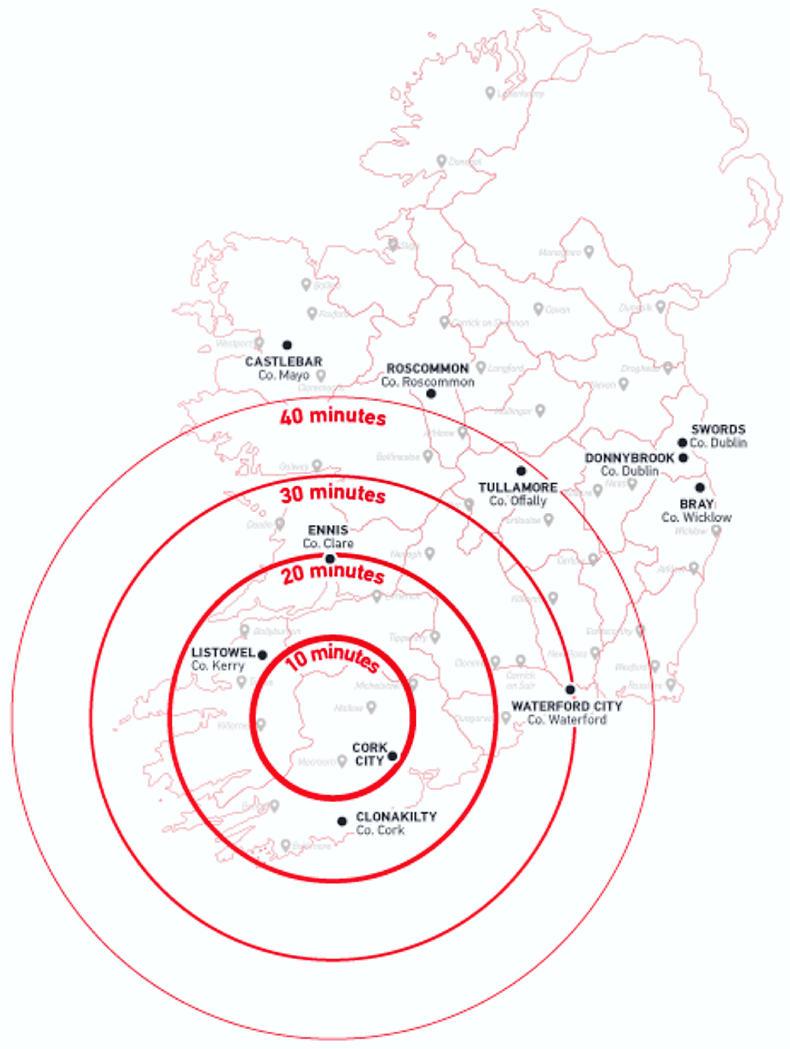
Air Ambulance travel time from its base in Rathcoole.
What he does know is that he has correspondence from the National Ambulance Service saying it is happy that everything is in order. He knows the agreement is with the HSE leadership committee but he hasn’t heard from them in three months.
“I’ve no idea if they’ve even looked at the agreement yet. There’s been no communication and that is hard to accept with ICRR being an equal partner in the project.”
In response to questions from Irish Country Living a spokesperson for the Department of Health said the Programme for Partnership Government commits to exploring the feasibility of the expansion of air ambulance services, including the possibility of a second base.
In that context, the Minister for Health met with the ICRR to discuss a proposal to establish a charitably funded HEMS serving the south.
At that meeting it was agreed that the ICRR would work with the National Ambulance Service (NAS) on a proposed service arrangement and that the NAS, in due course, would revert to the Minister with a recommendation.
The Minister has not, as yet, received any proposal from the NAS; however, it is understood that the NAS is currently finalising consideration of the proposed service arrangement. Before any recommendation is made to the Minister in relation to a new service, the NAS must be fully satisfied that the necessary clinical and corporate governance arrangements are such that the new service will be safe, robust and sustainable.
Responding John Kearney said clinical governance is already covered by the NAS and that corporate governance had never been an issue. “I call on Minister Harris to honour the commitment to provide this service in the south and sign the service agreement. The people have funded the helicopter, let it be used.”
Loss of a child
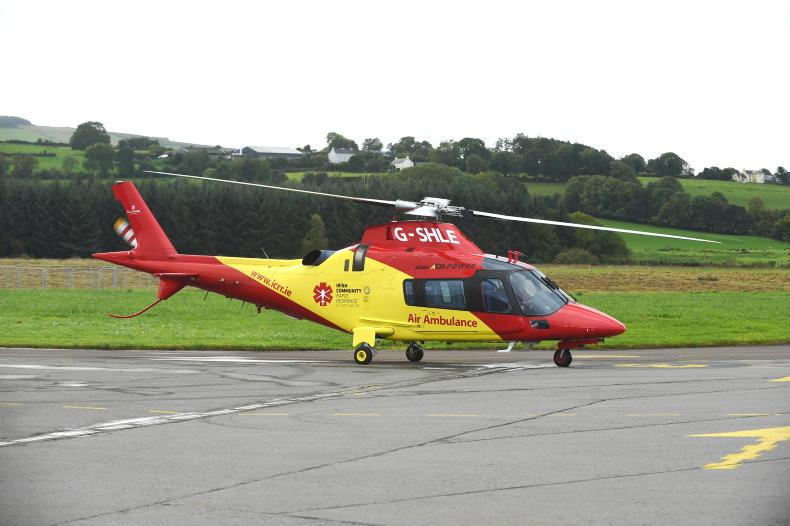
It was the preventable loss of a child’s life in west Cork in 2006 that led to the formation of ICRR. The tragedy galvanised the community to embark on a mission to speed up the delivery of professional A&E care to life-threatening emergencies in rural or disadvantaged urban areas.
Since 2008, ICRR has developed a network of 237 volunteer doctors throughout the country who can be called on to deliver critical medical interventions within ‘the golden hour’. This is the time period during which there is the highest likelihood that prompt medical treatment will prevent serious injury or death. This number is set to rise to 250 volunteer doctors this year. The voluntary doctors are called via 999/112 dispatchers at the National Emergency Operations Centre, and when available, they attend serious life-threatening emergencies in their own locality either on foot or in their own vehicles.
ICRR has 10 rapid response vehicles nationwide that complement and are assets of the NAS.
Getting in the air
With this experience, ICRR launched Ireland’s first dedicated charity-funded HEMS. Based out of north Cork, it should have gone live earlier this year.
When it does get the green light the ambulance will be tasked through the 999/112 system. It will offer a vital lifesaving service, offering fast access to advanced clinical interventions at the roadside by highly trained pre-hospital emergency care medical personnel. Most critically, it will bring the casualty to the hospital that best suits their lifesaving needs, not just the closest geographically.
Funded by the people
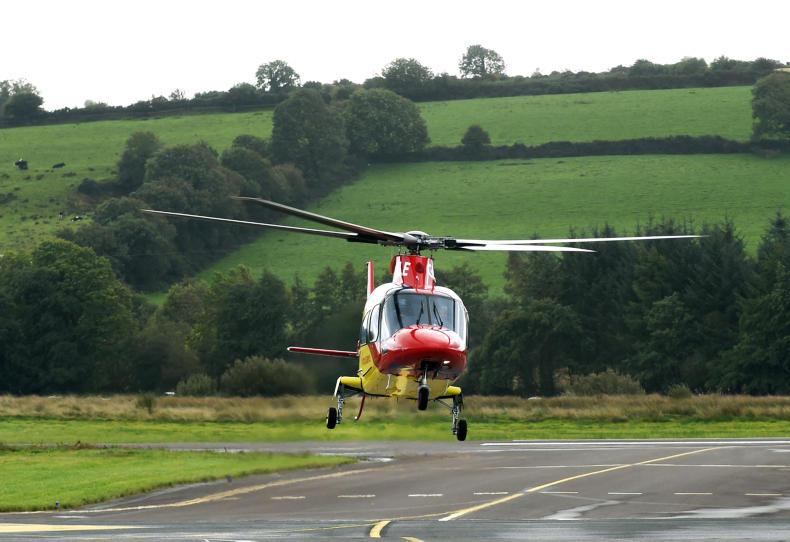
ICRR is funded by the people of Ireland through fundraising events, donations, box collections and other supports in order to continue the lifesaving impact its services have in their communities. ICRR also applies for grants or funds from public or private sources that are available such as the Clár programme provided by Minister Ring and his department of Rural and Community Development, JP McManus Benevolent Fund and HSE National Lottery Grants.
ICRR is also funded through community charity events such as the Twomey Remorial Weekend Fundraiser, Ring of Kerry Charity Cycle (2018), vintage runs, tractor runs and many other fun community events.
Cost of keeping going
The annual projected costs of all services including the emergency helicopter, the 10 rapid response vehicles and a network of 237 volunteer doctors is €2.5m per calendar year. The ICRR helicopter emergency medical service will start out as a daylight-hour only service.
“We are running up costs of €20,000 a week with this delay,” says John. The ICRR supplies the helicopter, pilots, base and fuel while the HSE will supply the medical teams, medical consumables and provide governance for the service.
Un-met need
There are 4.7 million people in Ireland, and John believes the un-met need is not having enough rapid response HEMS to cover the country. “Every report shows that when someone is critically ill and injured, rapid and swift transport to a hospital within the ‘golden hour’ is vital for their survival.”
“We are offering a vital free service to the department of health and the HSE. It’s extraordinary there is such little communication from them and we are left with a helicopter and crew on the ground. It is so hard to see it there on standby, unable to take to the air.”
Outside the village of Rathcoole in north Cork, there’s a helicopter sitting idle at its base. It’s been there for the past four months and as of now there’s no sign of it taking to the air.
This is no ordinary helicopter. It is Ireland’s first charity-funded helicopter emergency medical service (HEMS). It is operated by Irish Community Rapid Response (ICRR) which is dedicated to delivering pre-hospital care to people in life-threatening emergencies. It does this with the support of volunteer medical professionals across Ireland.
“Instead of being grounded, this helicopter should be in the air and saving lives,” says John Kearney, director of ICRR. “It’s so hard to see the helicopter and its crew just sitting there when we know someone desperately needs their help. It’s not fair on all the people who have raised money for and deserve this service.”
Last January, ICRR signed a service level agreement with the HSE. However, to date neither the HSE nor Minister Harris have signed off on the agreement.
“We are being told the delay is because of ‘due process’ but we’ve no idea what that means,” says John.

Air Ambulance travel time from its base in Rathcoole.
What he does know is that he has correspondence from the National Ambulance Service saying it is happy that everything is in order. He knows the agreement is with the HSE leadership committee but he hasn’t heard from them in three months.
“I’ve no idea if they’ve even looked at the agreement yet. There’s been no communication and that is hard to accept with ICRR being an equal partner in the project.”
In response to questions from Irish Country Living a spokesperson for the Department of Health said the Programme for Partnership Government commits to exploring the feasibility of the expansion of air ambulance services, including the possibility of a second base.
In that context, the Minister for Health met with the ICRR to discuss a proposal to establish a charitably funded HEMS serving the south.
At that meeting it was agreed that the ICRR would work with the National Ambulance Service (NAS) on a proposed service arrangement and that the NAS, in due course, would revert to the Minister with a recommendation.
The Minister has not, as yet, received any proposal from the NAS; however, it is understood that the NAS is currently finalising consideration of the proposed service arrangement. Before any recommendation is made to the Minister in relation to a new service, the NAS must be fully satisfied that the necessary clinical and corporate governance arrangements are such that the new service will be safe, robust and sustainable.
Responding John Kearney said clinical governance is already covered by the NAS and that corporate governance had never been an issue. “I call on Minister Harris to honour the commitment to provide this service in the south and sign the service agreement. The people have funded the helicopter, let it be used.”
Loss of a child

It was the preventable loss of a child’s life in west Cork in 2006 that led to the formation of ICRR. The tragedy galvanised the community to embark on a mission to speed up the delivery of professional A&E care to life-threatening emergencies in rural or disadvantaged urban areas.
Since 2008, ICRR has developed a network of 237 volunteer doctors throughout the country who can be called on to deliver critical medical interventions within ‘the golden hour’. This is the time period during which there is the highest likelihood that prompt medical treatment will prevent serious injury or death. This number is set to rise to 250 volunteer doctors this year. The voluntary doctors are called via 999/112 dispatchers at the National Emergency Operations Centre, and when available, they attend serious life-threatening emergencies in their own locality either on foot or in their own vehicles.
ICRR has 10 rapid response vehicles nationwide that complement and are assets of the NAS.
Getting in the air
With this experience, ICRR launched Ireland’s first dedicated charity-funded HEMS. Based out of north Cork, it should have gone live earlier this year.
When it does get the green light the ambulance will be tasked through the 999/112 system. It will offer a vital lifesaving service, offering fast access to advanced clinical interventions at the roadside by highly trained pre-hospital emergency care medical personnel. Most critically, it will bring the casualty to the hospital that best suits their lifesaving needs, not just the closest geographically.
Funded by the people

ICRR is funded by the people of Ireland through fundraising events, donations, box collections and other supports in order to continue the lifesaving impact its services have in their communities. ICRR also applies for grants or funds from public or private sources that are available such as the Clár programme provided by Minister Ring and his department of Rural and Community Development, JP McManus Benevolent Fund and HSE National Lottery Grants.
ICRR is also funded through community charity events such as the Twomey Remorial Weekend Fundraiser, Ring of Kerry Charity Cycle (2018), vintage runs, tractor runs and many other fun community events.
Cost of keeping going
The annual projected costs of all services including the emergency helicopter, the 10 rapid response vehicles and a network of 237 volunteer doctors is €2.5m per calendar year. The ICRR helicopter emergency medical service will start out as a daylight-hour only service.
“We are running up costs of €20,000 a week with this delay,” says John. The ICRR supplies the helicopter, pilots, base and fuel while the HSE will supply the medical teams, medical consumables and provide governance for the service.
Un-met need
There are 4.7 million people in Ireland, and John believes the un-met need is not having enough rapid response HEMS to cover the country. “Every report shows that when someone is critically ill and injured, rapid and swift transport to a hospital within the ‘golden hour’ is vital for their survival.”
“We are offering a vital free service to the department of health and the HSE. It’s extraordinary there is such little communication from them and we are left with a helicopter and crew on the ground. It is so hard to see it there on standby, unable to take to the air.”







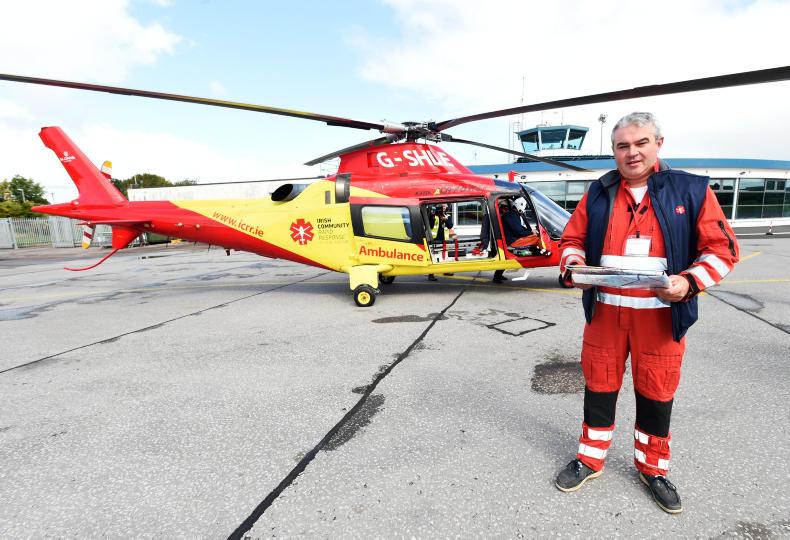
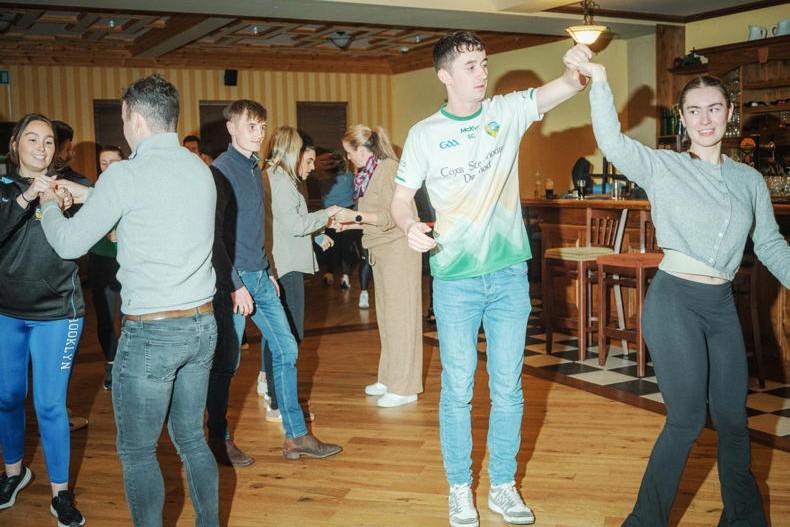
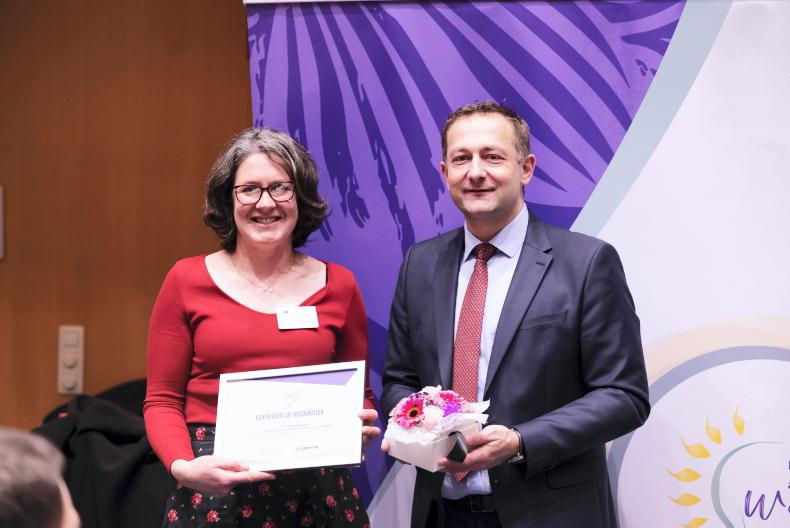
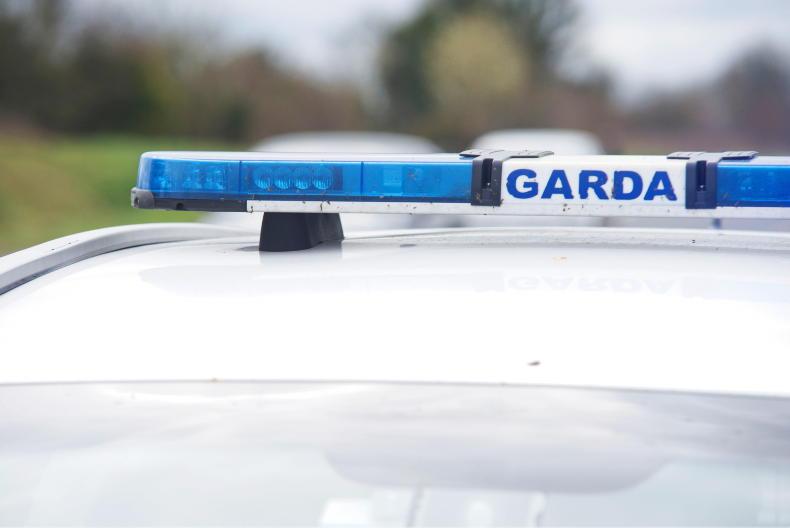
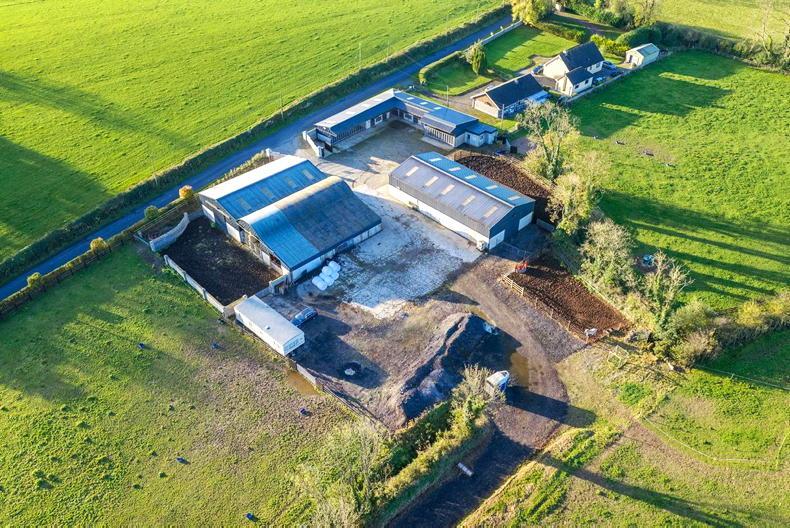
SHARING OPTIONS